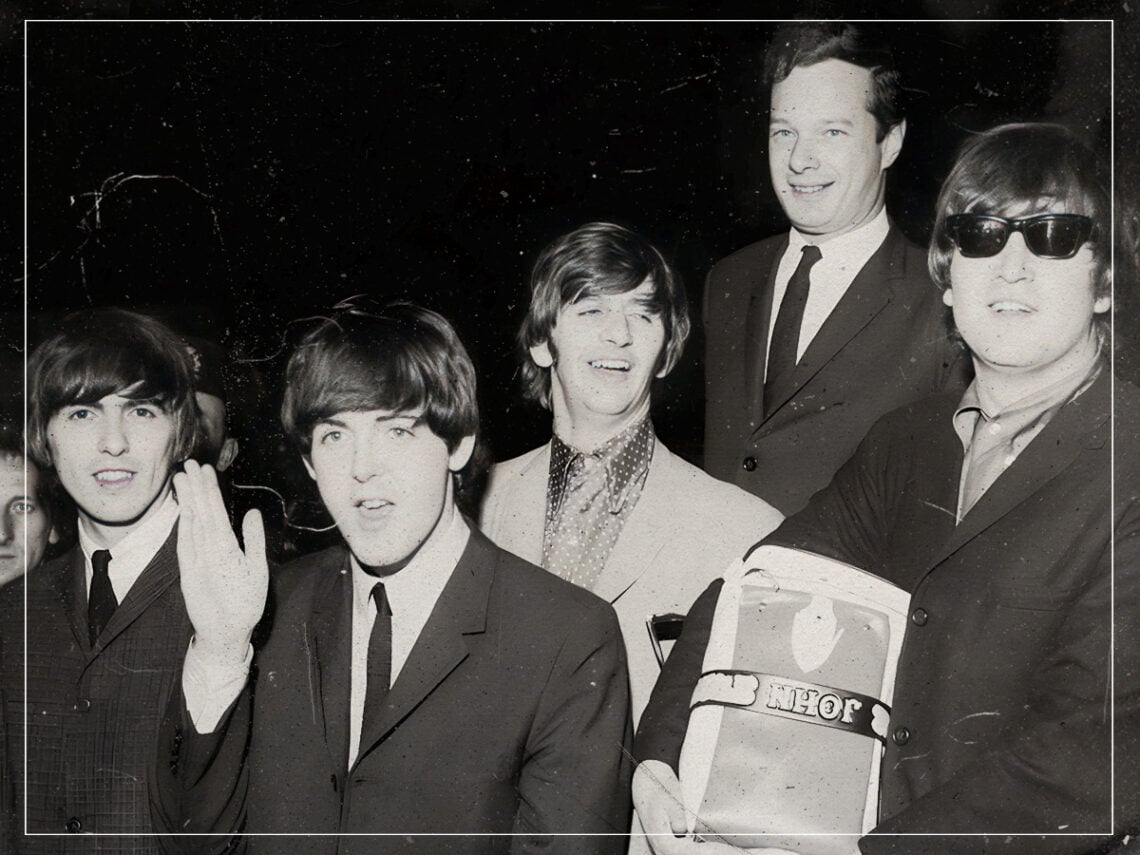When a young scamp named Paul McCartney joined John Lennon in his Merseyside skiffle band The Quarrymen in 1957, not even in his wildest dreams could comprehend the level of success he would achieve in just a few short years. Lennon changed the name of his group to The Beatles in 1960, inspired by Buddy Holly’s The Crickets, as a catchier name to show they meant business.
The Beatles climbed the rungs to stardom rapidly between 1960 and 1963, a period that saw the initial five-piece with Peter Sutcliffe become a four-piece, with McCartney on bass, Ringo Starr on drums, George Harrison on lead guitar, and Lennon on rhythm. As the band became more professional, touring profusely in the UK and visiting mainland Europe periodically, they relied on the insight of their beloved manager, Brian Epstein.
With Epstein’s eye for commercial strategy, The Beatles blazed a trail to the US. First, the band ravaged the charts, then made history with an appearance on the Ed Sullivan Show in February 1964. The televised concert is one of the most seminal moments in music history and is seen as the first domino to fall in the so-called British invasion wave.
Throughout the 1960s, The Beatles grew from strength to strength, breaching barriers with each new album. Fame hit hard, with screaming hoards forcing the group off the stage in 1966, but they remained prolific as a studio band until 1970. During this final chapter, they led the psychedelic rock wave, revolutionising rock music for further evolution in the 1970s and beyond.
This success brought the Fab Four far above the poverty line, with Lennon splashing out on his famous bespoke Rolls-Royce Phantom V limousine in December 1964. However, as Harrison outlined in his 1966 Revolver contribution, ‘Taxman’, the band suffered huge monetary blows throughout the decade. A year later, the group founded Apple Corps to consolidate their enterprises for efficient (minimal) taxation, but other lurking spectres, such as Allen Klein, posed further threats to runaway riches.
Prior to the establishment of Apple Corps and Epstein’s tragic death in 1967, The Beatles shared their profits down the middle. Following Epstein’s 25 per cent share of the gross gains, the Beatles members evenly split the remaining 75 per cent. However, over time, discrepancies arose, especially between the primary songwriting partnership of Lennon-McCartney and Harrison and Starr.
Lennon and McCartney wrote most of The Beatles’ songs, generating a substantial share of the revenue through record sales and royalties. Consequently, they received a higher share of the songwriting royalties. Harrison and Starr didn’t have as many credits to their names but still received a portion of the profits from album sales, tours, and other ventures.
How much money did The Beatles make?
As one of the most commercially successful bands and brands of all time, The Beatles turned over a shed-load of money during their run of existence through the 1960s. Determining exactly how much money they made is somewhat complex and involves various factors like record sales, concerts, merchandise, licensing and royalties.
The band’s company, Apple Corps, reportedly turns over approximately $67,000 a day. Between 1962 and 1970, their record sales were worth $17million, but when the group dissolved in 1970, the members’ net worth was estimated at just under £2m (~$16m today), due to business exploits, shared assets and dubious management.
What is Paul McCartney’s net worth now?
,
Although Paul McCartney was never short of lunch money in 1970, his estate entered a blissful state of sustained growth throughout the 1970s and beyond, as he raked in chips from The Beatles, Wings and ongoing solo exploits. Today, the star’s net worth is estimated at a whopping $1.2billion.



